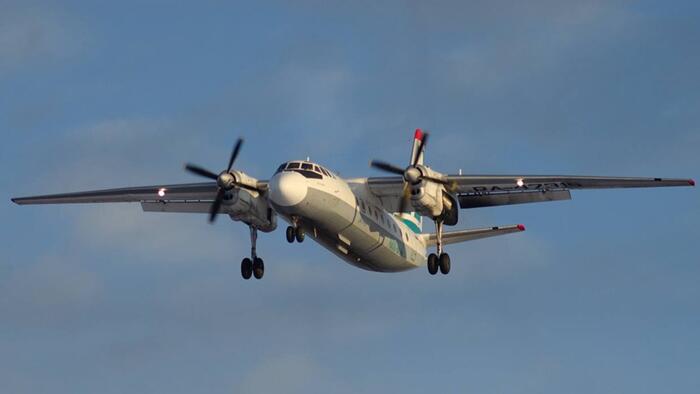


Another major aviation disaster has struck Russia. All 48 people aboard a passenger plane that crashed in Russia's Far East have been confirmed dead, according to a Thursday statement by the governor of the Amur region, where the crash occurred.
Russia's Emergency Situations Ministry reported locating the burning wreckage of the Soviet-era twin turboprop aircraft on a hillside south of its intended destination - the town of Tynda, which lies over 7,000 kilometers from Moscow.
The aircraft was operated by Angara Airlines, based out of Siberia, and had taken off from Khabarovsk before made a stop in Blagoveshchensk near the Russian-Chinese border. Reports say it was going to Tynda at the time of the crash.
Wreckage has been observed scattered through a dense forest, with smoke rising from the scene of the reported crash, according to eyewitnesses and photographs.
The remoteness of the site and terrain have created great difficulty for rescue crews.
The aircraft reportedly lost contact with air traffic control and vanished from radar while attempting a second landing at the far eastern Tynda airport. Poor weather conditions may have contributed to the crash, local reports have said.
Further, a number of Russian media outlets have emphasized that the aircraft was nearly 50 years old, based on information linked to its tail number.
Air accidents have been growing increasingly common in Russia, particularly in the recent years of the Ukraine war as international sanctions have obviously become a growing strain on the country’s aviation industry.
Like with most Western sanctions on 'rogue' states abroad, it is the common people who suffer most.
The same trend has been seen in Iran, which over the last decade has witnessed horrific aviation accidents, including the loss of a sitting president when his military helicopter crashed near Azerbaijan.
